Cesar Vianna
Year of birth: I was born in 1976.
Where do you live: I live in the province of Quebec (Canada), in a region called Abitibi-Témiscamingue.
Your education: I am a graphic designer with two university degrees in this field, one from Brazil(FAU-USP) and one from Canada(Fine arts school of Laval’s University). In both programs, alongside the mandatory courses, I took additional classes in drawing, art history, and various artistic disciplines to refine and evolve my style.
I also have a postgraduate degree in pedagogy, which has enabled me to teach for many years. In Brazil, I spent 11 years teaching drawing and art history. This experience not only honed my skills but also deepened my understanding of art and its historical context, enriching both my teaching and my own artistic practice.
Describe your art in three words: Meticulous, realistic and passionate.
Your discipline: I believe that illustration and graphic arts could provide a good answer to this question.
Website | Instagram
Can you tell us about your journey from Sao Paulo to Canada and how it influenced your artistic career?
In São Paulo, Brazil, I studied at the School of Architecture at University of Sao Paulo – USP, where I graduated with skills in graphic design and object design. At that time, my artistic focus was mainly on illustration. Life in a bustling metropolis was fast-paced, leaving little time to dedicate to developing my art. My passion was drawing but I didn’t have the time or the money to invest in it. Arriving in Quebec City, Canada, I opened a new window to a different reality. I completed my equivalencies at the School of Visual Arts at Laval University. During this period, I began exploring new materials and disciplines. Drawing remained my primary focus, but I started working in a different way. Previously, I worked on large-format paper; in this new environment, I learned to work on smaller formats with much more detail. My body movements changed, becoming more delicate and refined, which gave my work a “fine arts” and delicacy qualities it previously lacked.
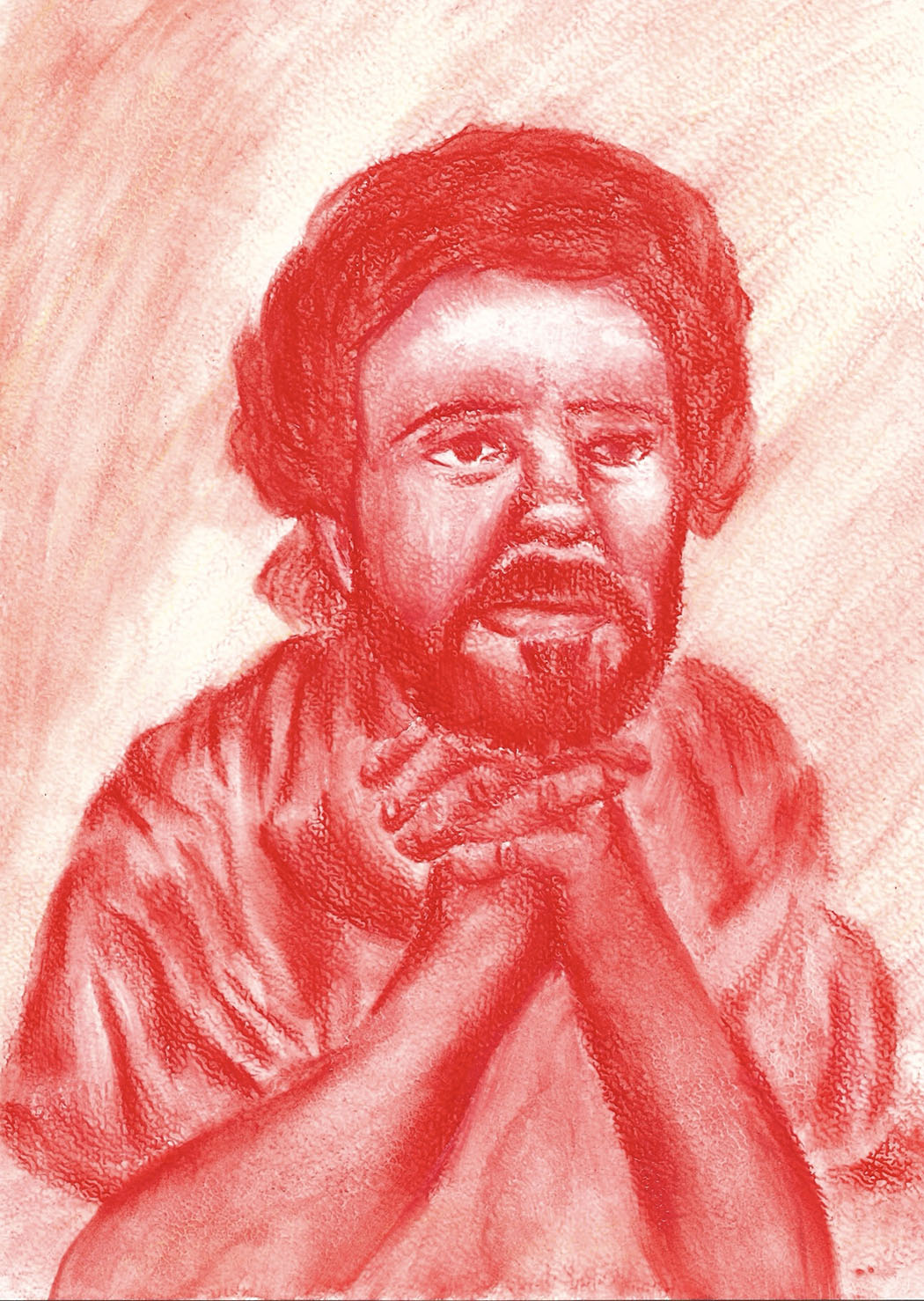 Cesar Vianna | Dreamer | 2024
Cesar Vianna | Dreamer | 2024
Your work includes a wide range of techniques and materials, from traditional to unconventional. How do you decide which medium to use for a particular piece?
Many artists I know dedicate themselves to a single type of material, defining their identity based on that choice (for example, being known as a painter, sculptor, or printmaker). My horizons broadened when I arrived in Canada and began exploring different materials in search of a unique identity. However, I realized this wasn’t necessary. My work is constantly evolving and developing, so I decided it was better to free it from such labels and allow myself to vary according to the moment and my inspiration. Naturally, the choice of materials involves a rational reflection on the desired outcome of each piece. Sometimes, I recreate the same work with different materials to evaluate the results and the impact each one has on the observer. Every individual sees the world uniquely, and a work of art is a translation of that perspective, allowing others to see what the artist sees. The choice of material affects this translation. I am not always satisfied with the first result, and at that point, I start over with different materials. Unconventional materials present limitations that force me to devise innovative solutions, thereby stimulating my creativity. These challenges compel me to think “outside the box” and approach problems in new ways. The process of working with unconventional materials leads to personal growth by encouraging me to step out of my comfort zone, take risks, and embrace the unknown. This journey is incredibly rewarding both artistically and personally. Additionally, I believe it has helped me develop an original and unique style.
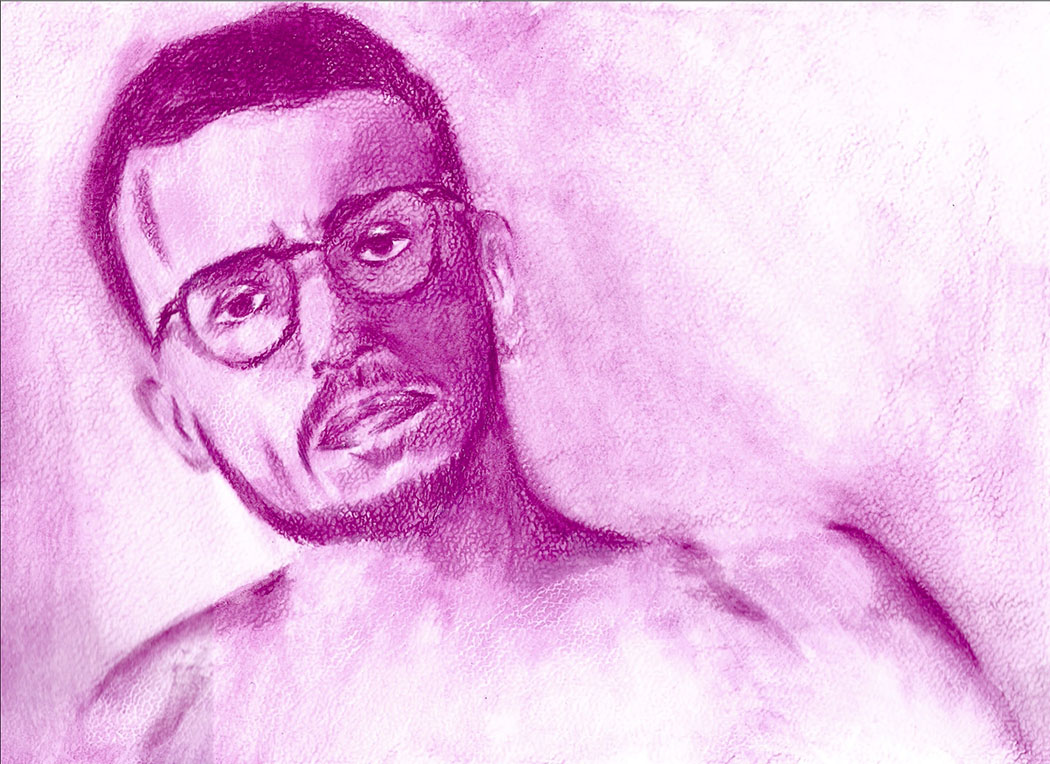 Cesar Vianna | Skeptical | 2024
Cesar Vianna | Skeptical | 2024
What role does illustration play in your art, and why do you consider it the most important among your multiple skills?
As a graphic designer, illustration plays a pivotal role in my life. It not only communicates concepts but also creates impactful campaigns that engage the audience. As an artist, illustration is my most powerful form of expression. Since my childhood, I have collected comic books and animated films. The style of animators from Hanna-Barbera studios in the 1970s, as well as other animators from the 1950s, has always fascinated me. In my earliest memories, I am holding paper and a pencil, drawing characters from shows I watched or magazines I read. It wasn’t until my teenage years, after years of practice, that I achieved accurate representations. This passion for the work of these artists always drove me to develop a style inspired by this recent past but with my unique touch. Studying art history further fueled my ambition. Not because I wanted to imitate other artists, but because I was inspired by the challenges they overcame and sought to achieve something similar. Drawing has always been central to this pursuit. I draw not only with pencils or pens but also with brushes, scalpels, and pyrography pens. The technique may change, but illustration remains a constant in my work. My drawings are a reflection of how I perceive and interpret the world around me. They capture my unique perspective, allowing others to see through my eyes and understand my vision.
How do your Brazilian and Canadian identities influence your artistic style and themes?
The advantage of being a citizen of two countries is the cultural richness it brings to my personal perspective. Aesthetic sensibility is deeply influenced by culture. As an artist, I can say that my aesthetic is not distinctly Brazilian or Canadian but a mix of both. In Brazil, my artwork was heavily geometric, with a strong focus on perspective, influenced by my studies in architecture and life in a bustling metropolis. However, transitioning to a more serene and rural environment has led my work to become more organic and fluid. Brazil is known for its colors and joy, which is clearly reflected in my work. I always incorporate color as a key element, favoring vibrant and strong hues over pastels, even in monochromatic contexts. Without a doubt, my artwork was more colorful and vibrant when I was in Brazil. I recall that upon starting at Laval University, I received critiques during a project evaluation regarding the intensity, saturation, and brightness of the colors I used. During one of the lockdowns in 2020, I developed a series of monochromatic works. Among the many messages I received on social media, one follower, referencing this aspect of my work, thanked me for bringing color to a world darkened by the suffering of COVID-19. Conversely, Canadian aesthetics have influenced my work in a more classical manner, emphasizing realism, attention to detail, and the integration of natural elements. Over the years, my work has become increasingly meticulous and delicate, infused with the joy and vibrancy of my earlier experiences.
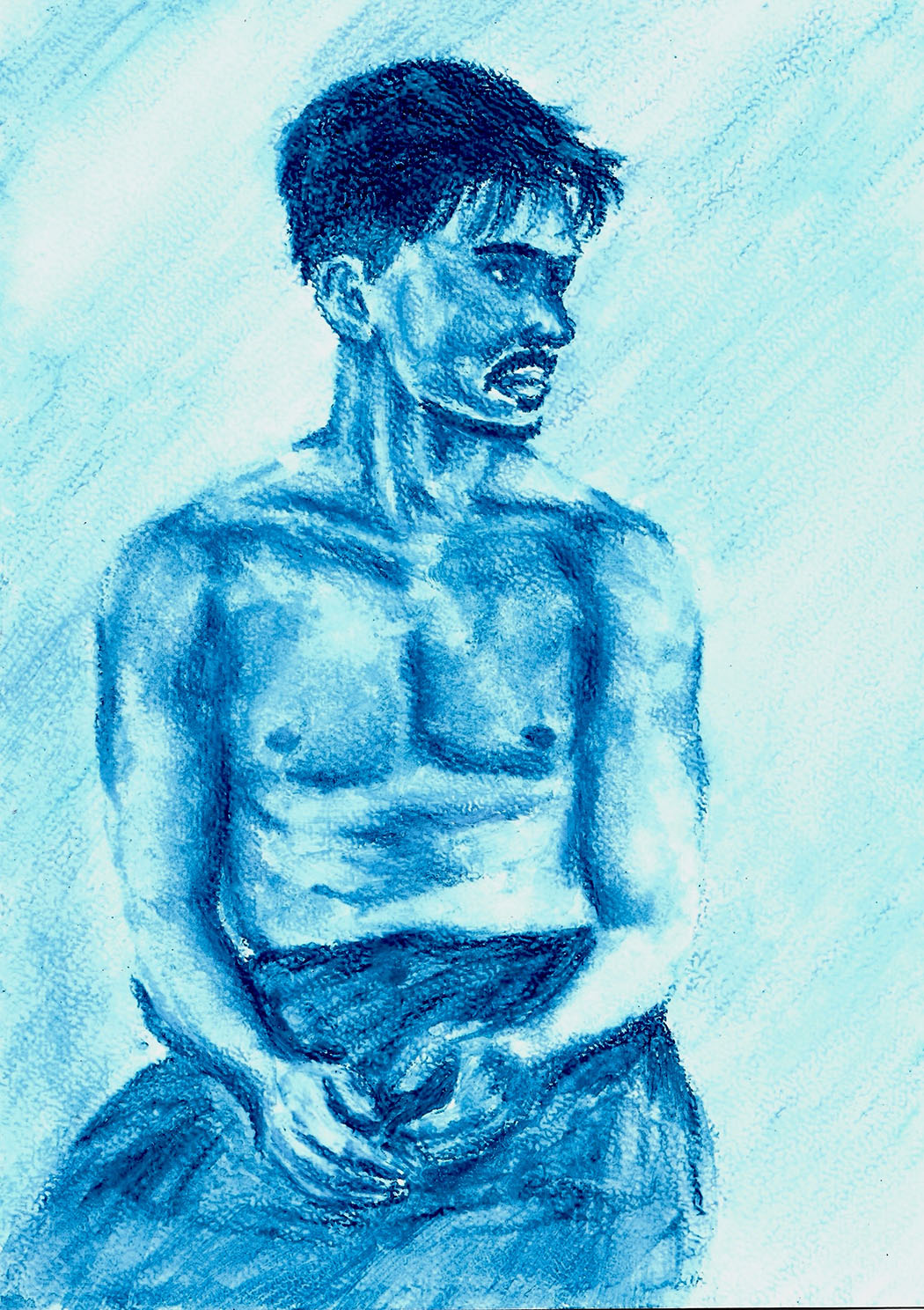 Cesar Vianna | Daydreamer | 2024
Cesar Vianna | Daydreamer | 2024
What inspired you to start using non-traditional materials like eye shadows in your work?
Since childhood, I’ve always used different materials for my drawings. I didn’t always have pristine sheets of white paper, so I used whatever was available—old appointment diaries, cards from the laundry inside my grandfather’s dress shirts. Unbeknownst to me, I was already embracing the concept of sustainable development. I began accessing professional materials when I entered college, but I still occasionally mixed professional and found materials. In 2020, I became an artist member of the Brooklyn Art Library, which launched a series of online challenges for artists, sometimes encouraging the use of unconventional materials. This led me to create collage works and use coffee and various teas as painting mediums. One of these pieces was even published in a book by the institution. Exchanging knowledge with other artists spurred me to explore further. For instance, I was introduced to using eyeshadow by a local artist, Daniel Sigouin, who suggested it because of its color palette (which closely resembles human skin tones) and its shimmer. Thanks to this suggestion and my curiosity, I developed extremely realistic and delicate portraits.
Your recent works are inspired by real people from different countries. How do you choose your subjects, and what stories are you trying to tell through your art?
Since 2018, I have been focusing on developing works that use the human figure as a reference. I aim for perfection in representing the forms and proportions of the body in various poses and situations. With the digital revolution prompted by COVID-19, I began attending online life drawing sessions. Many of the individuals depicted in my works come from these sessions. The models often request copies of my work and share their lives and impressions with me. However, a considerable part of my work since 2020 has been based on commissions from people who asked me to create their portraits. In these cases, beyond the artistic work, I engage in conversations and learn about the person. My first sketch is usually quick and simple, capturing the immediate essence. However, through our interactions, I can refine the work to reflect the personal nuances of our conversation. Typically, I do not choose my subjects; they seek me out.
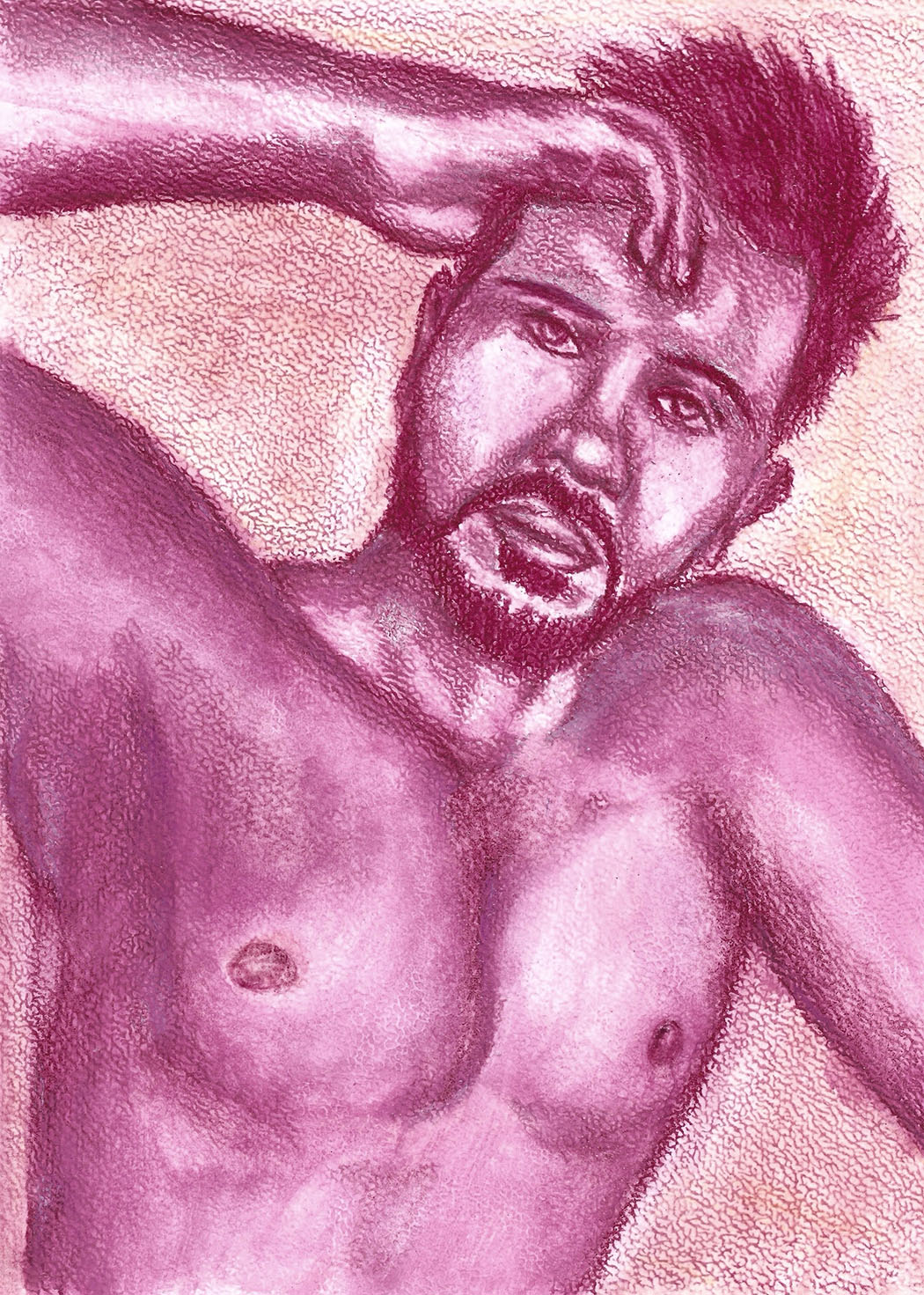 Cesar Vianna | Contemplator | 2024
Cesar Vianna | Contemplator | 2024
Can you share a memorable experience or feedback you received from someone who connected deeply with your art?
I have many stories of people who have deeply connected with my art. One such story involves a young man who once asked me to create a portrait of him (a commission). He was so enchanted by the work that he asked if I could create a family portrait. This was for the family of his best friend, who had died in a car accident. He was so moved by my work that he wanted to give this family portrait to his friend’s parents. Naturally, I agreed, and they were very touched by the gift.
On another occasion, a Russian man started following my Instagram account. He began messaging me to inquire about commissions and how the process worked. After a few days of silence, he contacted me again, explaining that due to the war against Ukraine, he couldn’t pay me. He thanked me for the information and expressed his wish to have a portrait done by me someday. I made the portrait without charging him because I could tell he was sincere and it was not his fault. A few days after I sent him the digitized image, he posted my work on his Instagram account. It was the first time I saw my name written in Russian. He still follows my work and interacts a lot with what I share.
In another instance, a young man who was one of my first models discovered that he had cancer. He faced significant challenges starting treatment due to the pandemic. He told me how he found solace in Saint Sebastian, a saint known for surviving arrow wounds and a symbol of homoerotic art in classical times. I ended up making a pyrography portrait of Saint Sebastian inspired by the image of this model. This touched him deeply because of his personal history and the relationship we had built. This piece was featured in two exhibitions (one in San Diego and another in Montreal) and was later acquired as part of the art museum’s collection in the city where I live.

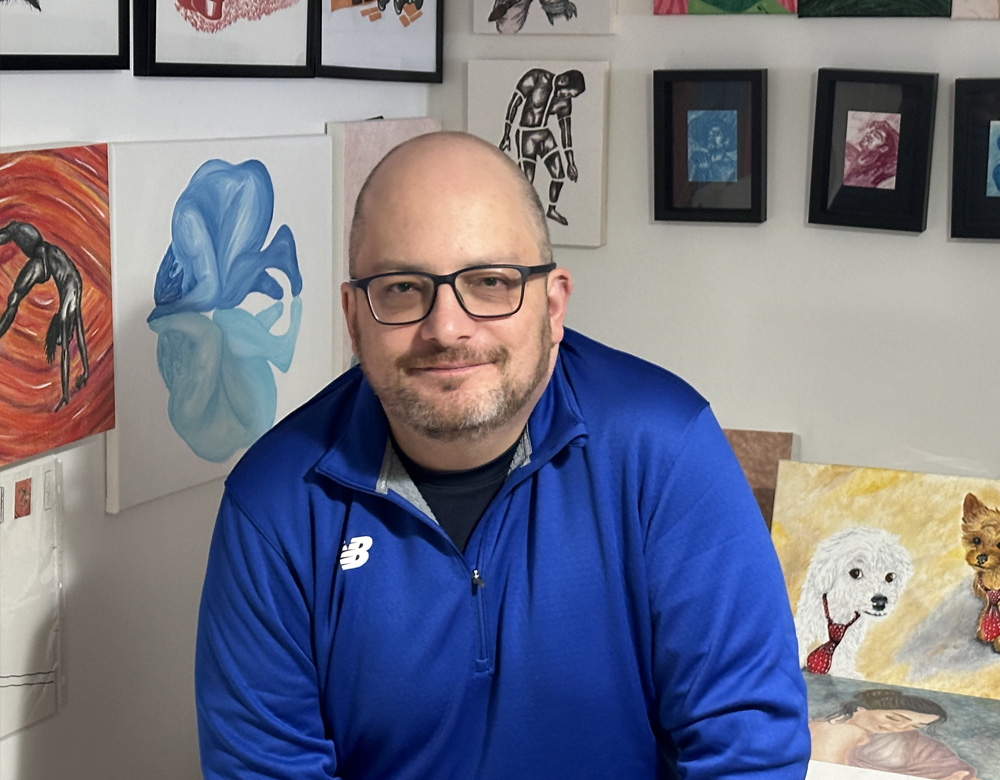
Leave a Reply
You must be logged in to post a comment.